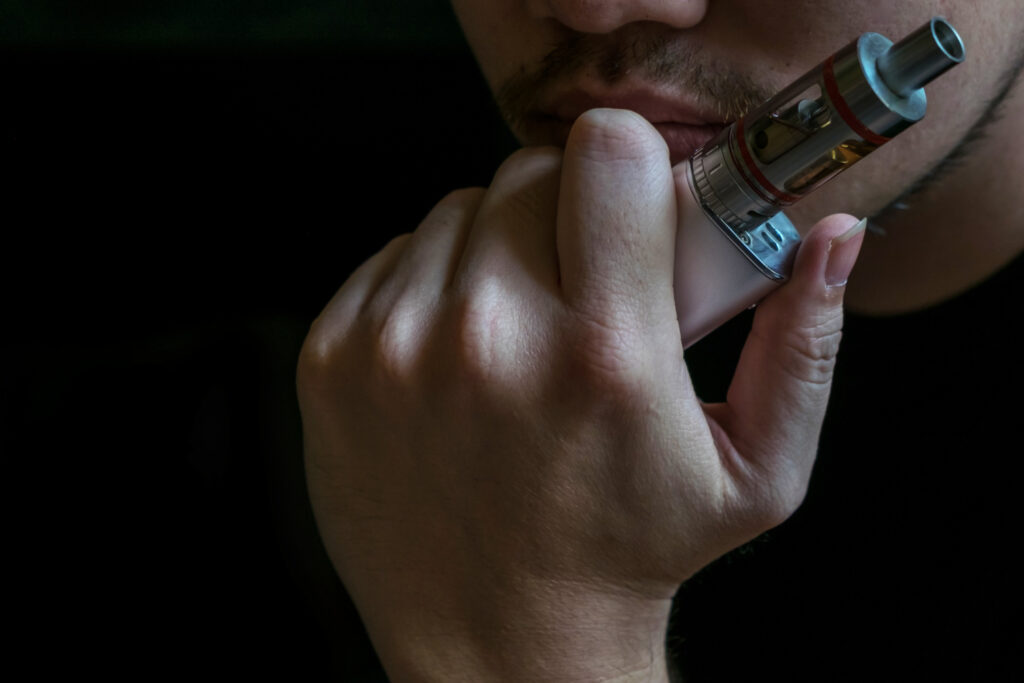The Unseen Effects of Secondhand Vaping: What You Need to Know


Key Takeaways:
- Understand the hidden dangers of secondhand vaping and its effects on health.
- Learn the key differences between secondhand vaping and secondhand smoking.
- Discover the role of public Awareness in mitigating risks associated with secondhand vaping.
- Find out practical steps to reduce your exposure to secondhand vape.
Table of Contents
- 1 The Rise of Vaping and Its Hidden Consequences
- 2 Is Secondhand Vaping as Dangerous as Smoking?
- 3 Chemical Composition: What’s in a Vapor Cloud?
- 4 The Importance of Raising Public Awareness
- 5 How to Protect Yourself and Loved Ones from Secondhand Vape
- 6 Policy Implementations: The Role of Legislation
- 7 Community Initiatives and Support Systems
- 8 Final Thoughts: Shaping a Safer Future
The Rise of Vaping and Its Hidden Consequences
Vaping has surged in popularity, often hailed as a less harmful alternative to conventional smoking. Unlike the visible smoke from cigarettes, vapor emissions are frequently underestimated and misunderstood, leading to inadvertent exposure in public and private spaces. This means non-users, including children and older people, could breathe in these particles without realizing the potential health implications. As vaping becomes more prevalent, understanding its broader impact on air quality and public health is increasingly important.
The transition from smoking to vaping does not eliminate the release of particulates into the environment. Thus, the unaware bystander becomes a passive participant in inhaling nicotine and other chemicals present in e-cigarette vapor. This imperative understanding underlines a need for more excellent public education and policy adaptations to protect at-risk populations.
Is Secondhand Vaping as Dangerous as Smoking?
People often question the extent to which secondhand vaping poses health risks compared to traditional smoking. This trend, however, brings unexpected challenges, one of which is the exposure to secondhand vape. Despite the lower concentration of harmful chemicals compared to cigarette smoke, the dangers of vaping are real. Studies have shown that vaping emissions contain nicotine, volatile organic compounds, and heavy metals—all of which can have adverse health effects. It is crucial to debunk the myth of harmlessness associated with vaping.
Chemical Composition: What’s in a Vapor Cloud?
Understanding the chemical makeup of e-cigarette vapors is essential in recognizing their potential harm. E-cigarettes produce an aerosol by heating a liquid, often comprising nicotine, flavorings, and other chemicals such as acetaldehyde and formaldehyde. These substances, even in minute quantities, can affect health over time. The Centers for Disease Control and Prevention (CDC) points out that these ultrafine particles can lodge deep into the lungs and might lead to respiratory issues and other health concerns. Furthermore, the vape particles can settle on surfaces, creating a residue that persists long after the vapor dissipates.
This enduring presence might not be as apparent as tobacco smoke, but the potential for harm remains significant, highlighting the need for continued research into long-term effects.
The Importance of Raising Public Awareness
Raising public Awareness is a crucial step in addressing the issue of secondhand vaping. According to information published by Healthline, while the damage from secondhand vape may not be immediately evident, continuous exposure can lead to health complications, especially in young children, pregnant women, and individuals with respiratory issues. Despite its prevalence, many people remain unaware of the risks associated with passive exposure to e-cigarette aerosols. Educating the public about the potential hazards can inspire proactive measures to reduce exposure, especially in environments populated by non-vapers. Initiatives focusing on the health impacts of vaping can enhance community understanding and encourage safer practices among vapers. Implementing and respecting vape-free zones in public and private spaces can play a fundamental role in protecting vulnerable individuals.
How to Protect Yourself and Loved Ones from Secondhand Vape
Implementing practical measures can significantly limit exposure to secondhand vape. Ensuring proper ventilation in vaping areas can help dilute and disperse harmful particles. Employing air purifiers equipped with HEPA filters can capture fine particulates and improve indoor air quality. Also, establishing designated vaping areas away from everyday living spaces can minimize exposure. Educating family members and friends about these practices fosters an environment everyone is conscious of and contributes to reducing potential health risks.
Policy Implementations: The Role of Legislation
Government policies have a considerable role in managing the spread and impact of secondhand vaping. Many regions are exploring or have implemented laws that regulate the use of e-cigarettes in public places, similar to traditional smoking bans. Discussions around increasing the legal age for purchasing vaping products and enforcing advertising restrictions continue to develop to protect younger populations from starting vaping. Active public support and advocacy can accelerate these legislative efforts, creating safer environments and promoting a culture of health awareness across communities.
Community Initiatives and Support Systems
Community-based initiatives can significantly enhance public consciousness and drive changes in behavior regarding vaping. Local health departments and community organizations can spearhead workshops and awareness campaigns, providing platforms for sharing information about the health risks linked to secondhand vaping. These efforts can unite community members to foster protection and support for all, particularly the more vulnerable, by encouraging healthier lifestyles and environments free from harmful vapors.
Final Thoughts: Shaping a Safer Future
Addressing secondhand vaping requires comprehensive efforts from individuals, communities, and policymakers alike. By understanding and acting upon scientific evidence about the potential risks of vape aerosols, societies can make informed decisions prioritizing health and safety. Awareness and education are fundamental to ensuring that vaping, despite its popularity, does not unknowingly compromise the well-being of non-users. Collective action and informed policy-making can safeguard public health while respecting individuals’ choices, ensuring a healthier future for all.

